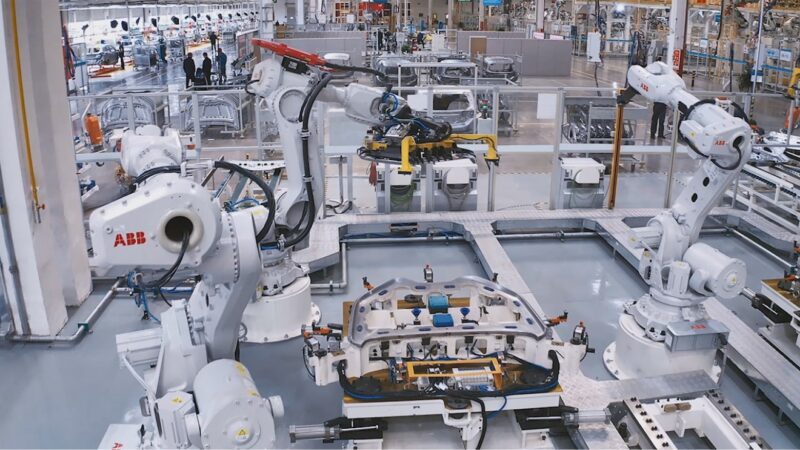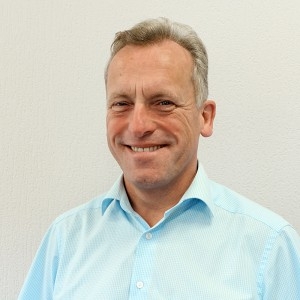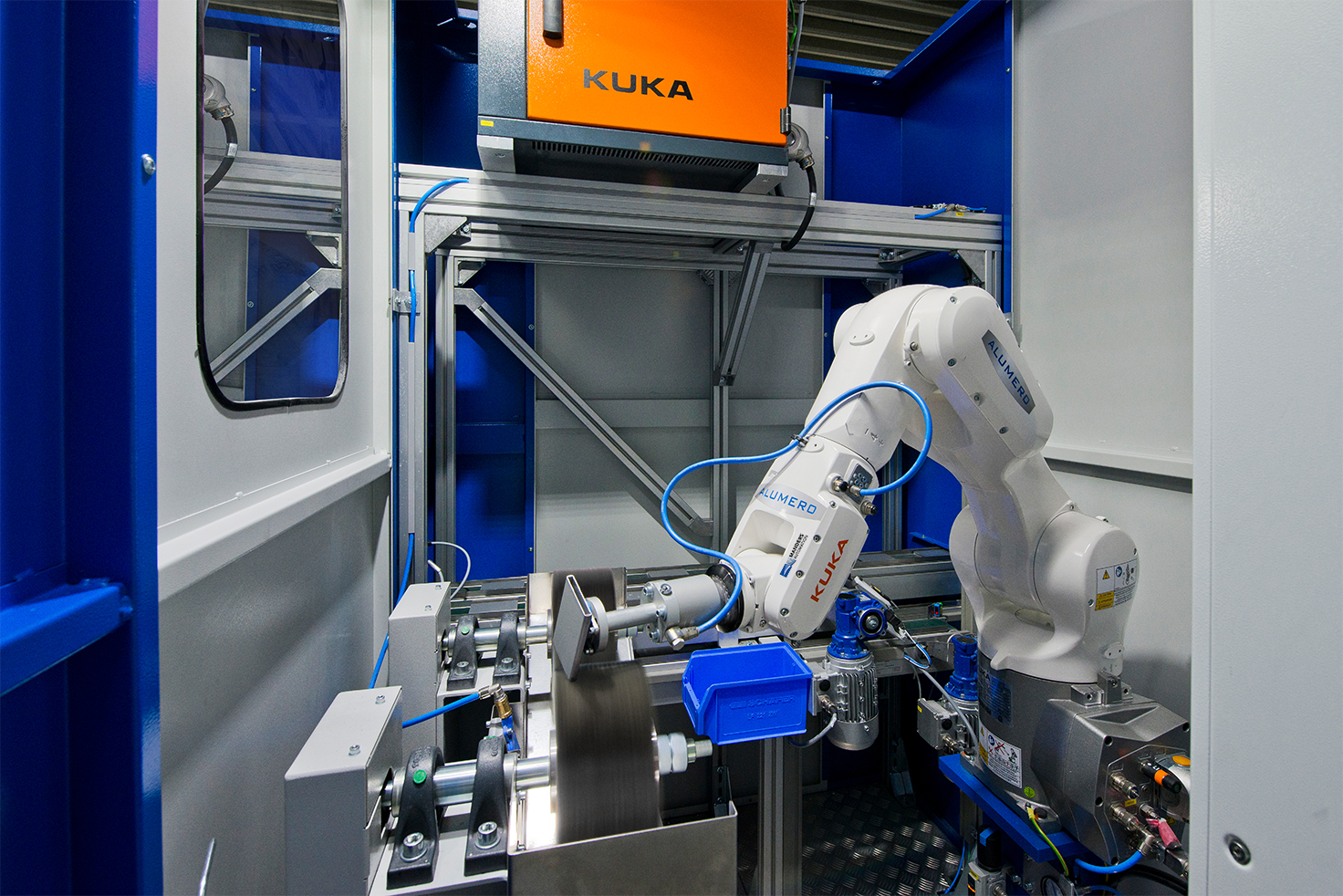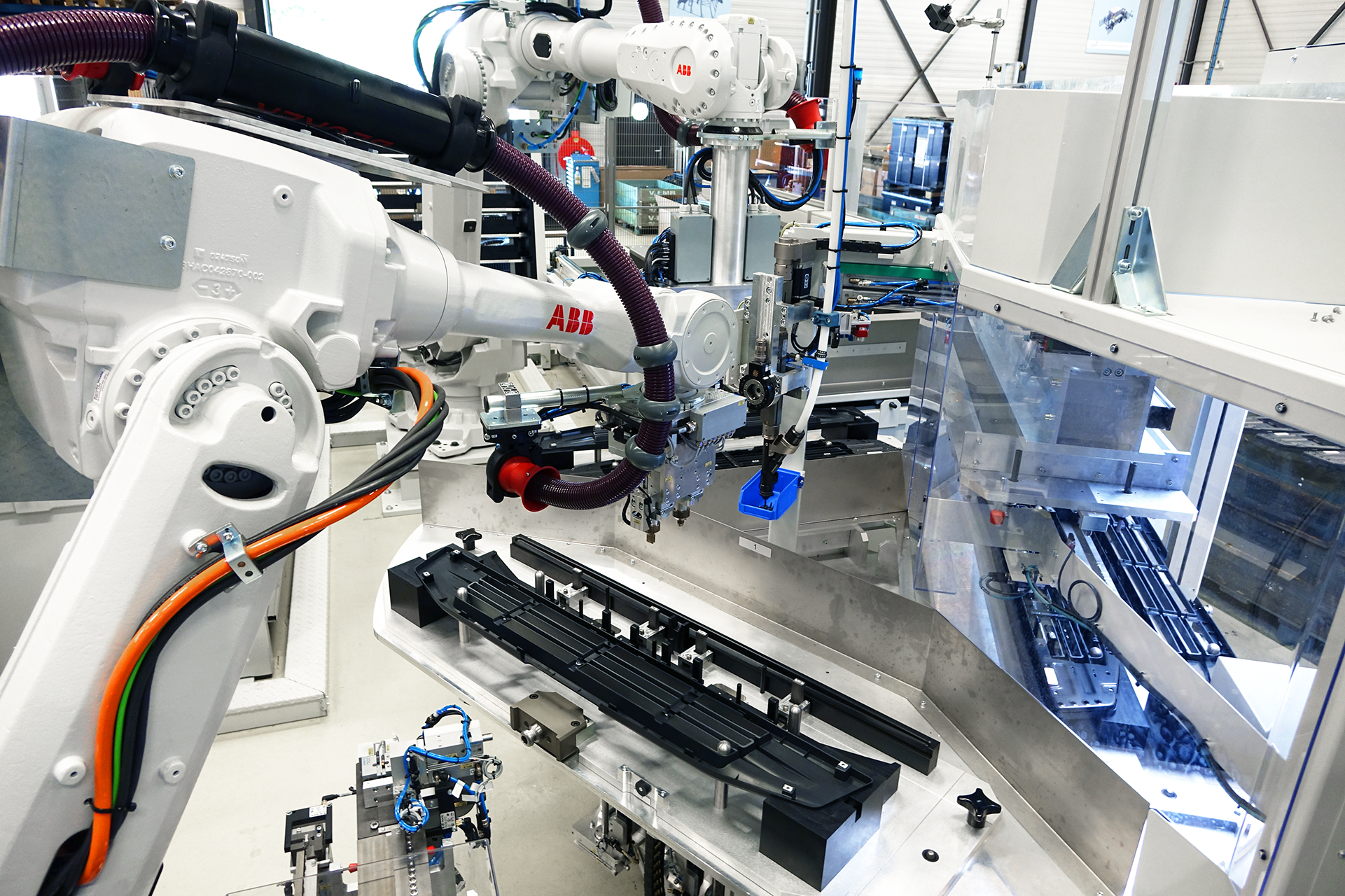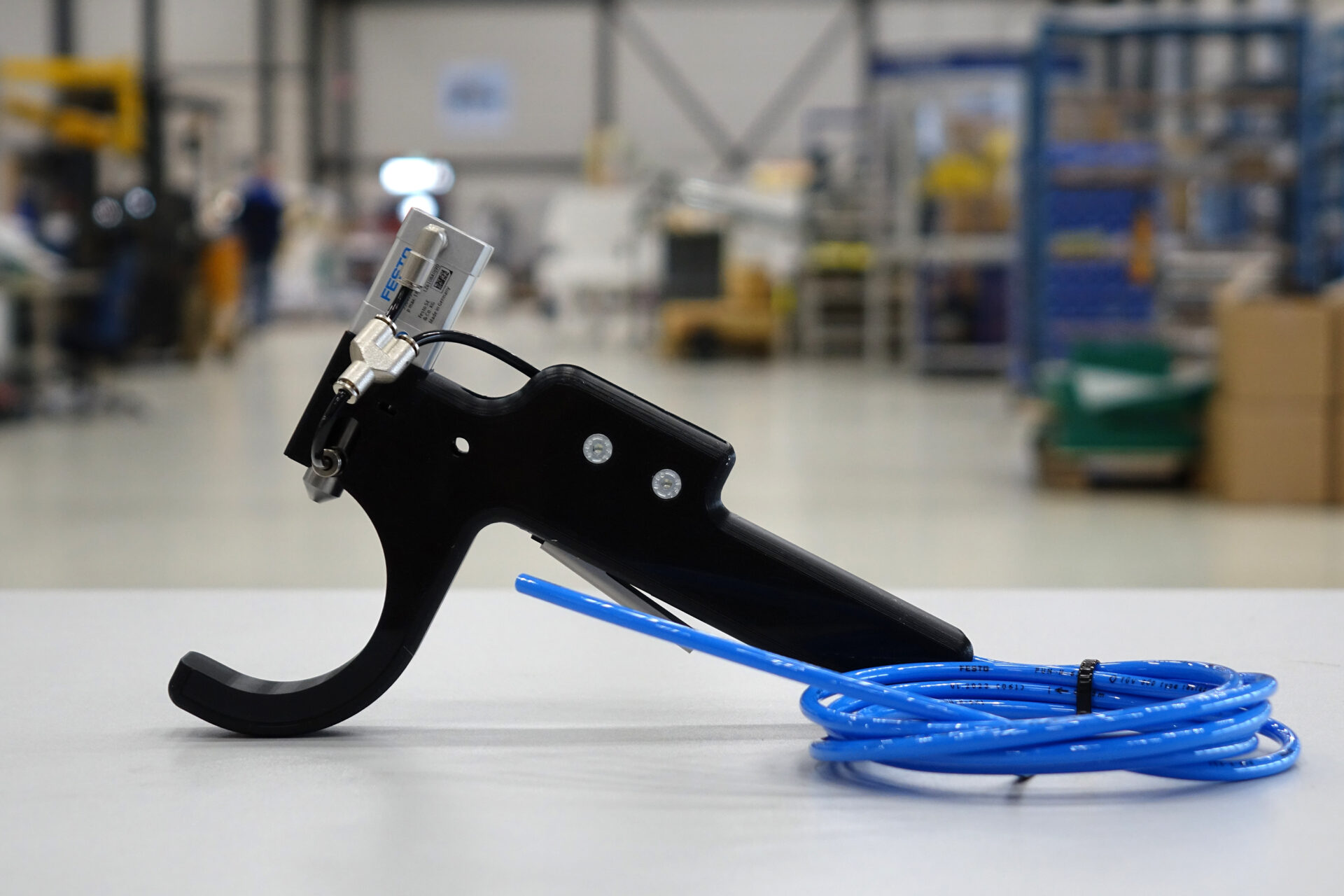About WILA
With 90 years of experience, WILA is known as the market leader in the production of first-class clamping and crowning systems, tools and accessories for press brakes. These high-quality products are designed and made in the Achterhoek town of Lochem, but are supplied worldwide through the sales network in the Netherlands, the United States and China. WILA thus helps customers everywhere to increase their productivity and quality. This commitment to productivity and quality is also reflected within the organization itself, which constantly invests in the latest technologies.
Continuous improvement
“We have a drive to automate,” says Frank Rouweler, director of production and R&D at WILA. “This brings great advantages to stay competitive and to deliver good quality to our customers.” WILA therefore also has its own R&D department with about 10 people dedicated to process development. This team itself has already designed many a robotic cell to automate processes, but for some parts you need specialist knowledge. Such is the case with the automation of the grinding process.
In order to achieve the perfect dimensions, WILA’s press brake tools are ground with extreme precision. This step of the production process was still largely manual and the company saw opportunities for improvement here. Frank: “We started looking for a partner who could help us with specific automation operations. This did not only concern robot handling, but also other important matters such as how to deal with contamination and with the specifications of the product. Manders Automation seemed like a good partner in this, so we started a pilot project together.”
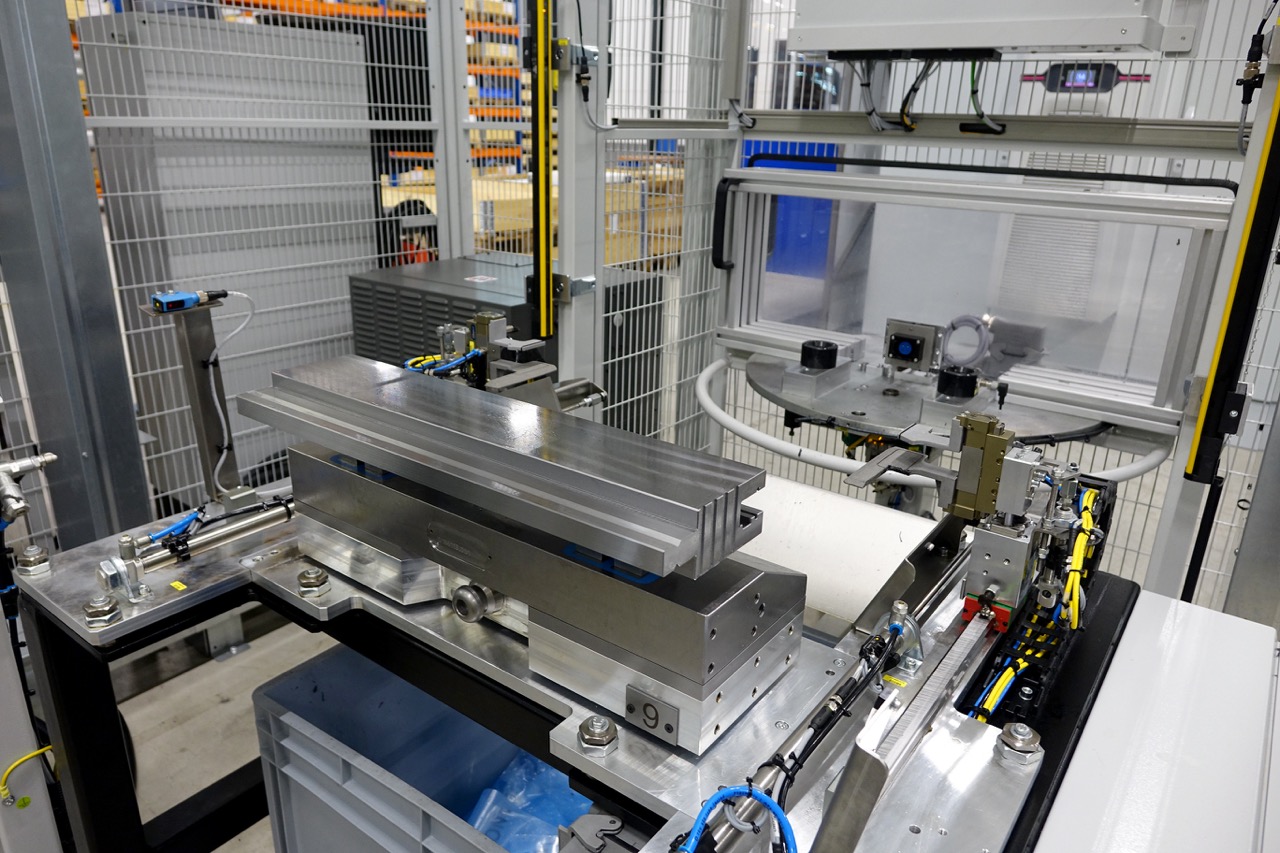
Confidence in cooperation
The project team for this automation consisted of colleagues from WILA, Manders and Fastems, who manages the ERP links and controls at WILA. Bas Bosch, project manager at WILA for this automation, describes the mutual cooperation: “At first we didn’t know each other at all. Especially in this first project, we had a very strong opinion and Manders, of course, from their experience, also has a very strong opinion. So at the beginning we had to get used to each other”. But that soon went well. WILA trusted our knowledge and expertise, even if something seemed impossible for them. Bas: “For example, we had reservations about the design of the fingers for the gripper. That is something Manders pushed through anyway. And eventually it turned out that it was indeed going to work that way”.
That gripper is used by a robot, which takes care of all the handling movements in the machine. A storage system thereby ensures that the process can run autonomously for a long time. In this grinding machine, the product undergoes several steps: clamping, engraving, measuring, washing and, of course, grinding. The measuring system is used several times in the process for optimal precision. What is extra special in this installation is the foil that is added during the clamping process. This special foil prevents possible scratches on the press brake tools, so that they can be delivered to the customer completely unscratched, even after grinding.
Collaborative optimization
After the installation in Lochem, the grinding cell ran well and the project team was satisfied with the result. But also the operators, who of course are now working on it the most, were happy with this automation. “We have operators here, who are really very fanatical. And they also really like this,” Bas says. After commissioning, they also suggested practical improvements. We have already been able to implement some of them in this first machine and some of them were carried over to the next project.
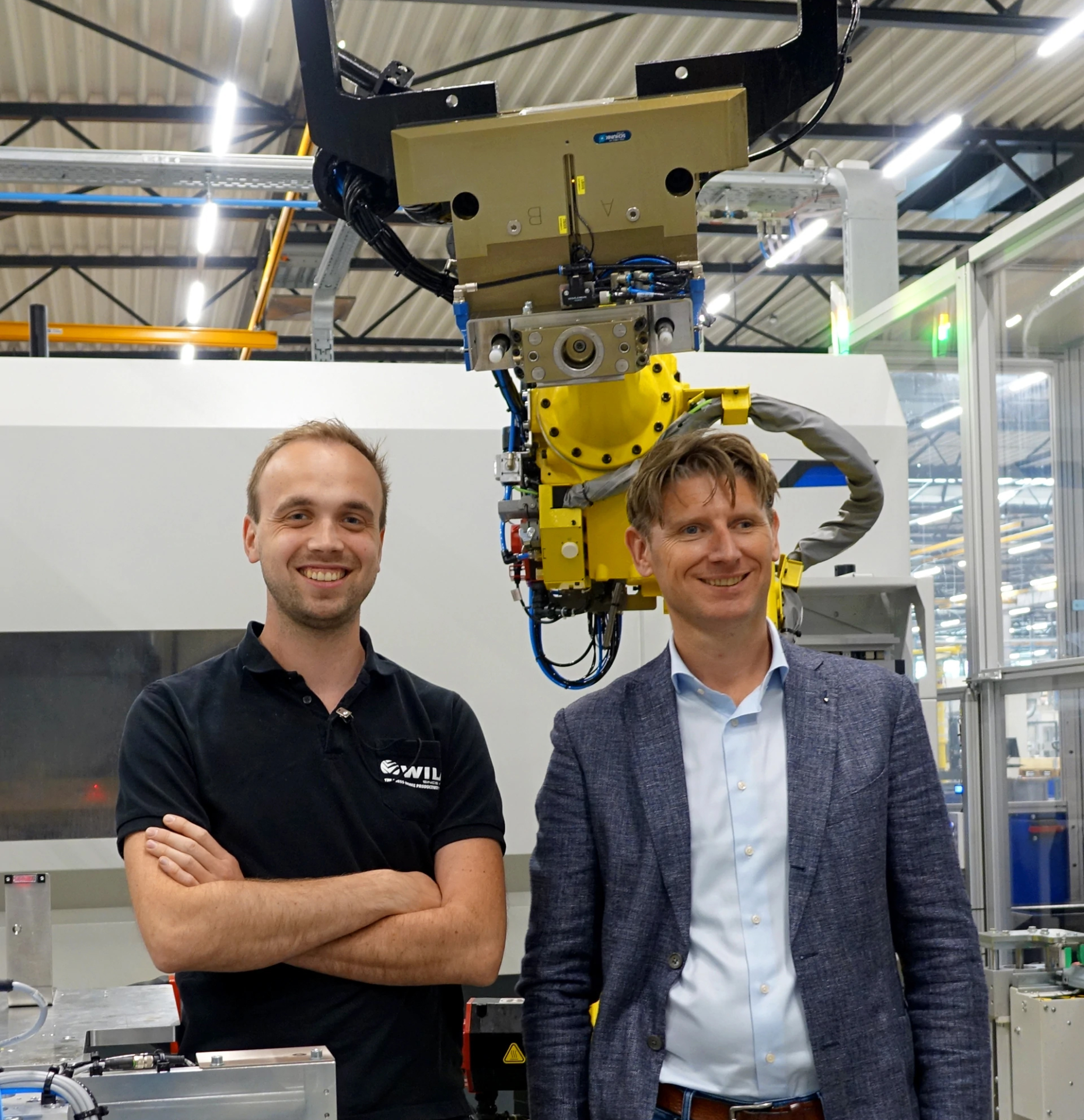
With the success of this first cell and the desire to scale up further, it was soon decided to add a second machine. This second grinding cell is largely the same as the first, but can be used for more product variations. The design, construction and commissioning of the second machine went even better than the first time. Bas: “It really went above and beyond expectations.”
Clear results
“Regarding the feasibility of automated grinding, there was initially some reticence within the company. But once the first machine was in place, they couldn’t wait for the second. We now hear the operators, department manager and production manager all say that it runs like clockwork,” Frank says of the automation. The positive results can be seen in several areas.
The most important thing for WILA is, of course, productivity, which has increased significantly due to the greater output. Frank: “The robot is more consistent and faster in various actions, so that has really increased our output. We are talking about dozens of percent”. Bas mentions one of those faster operations: “For example, we can now grind away the encore in a more efficient and smarter way because everything has an automated end.”
In addition, automation has improved not only quantity but also quality. “In fact, by automating we have been able to reduce rejects,” Frank says. “Our customers also really like the fact that we can deliver quality very well and consistently this way.”
Finally, automation not only benefits the bottom line, but also makes the operators’ work more pleasant. “The ergonomics have improved a lot,” says Frank, ”there are some heavy weights in this process.” Bas adds, “The operators already used lifting aids of course, but now they don’t even have to hold the products themselves. That’s really a plus compared to the manual situation.”
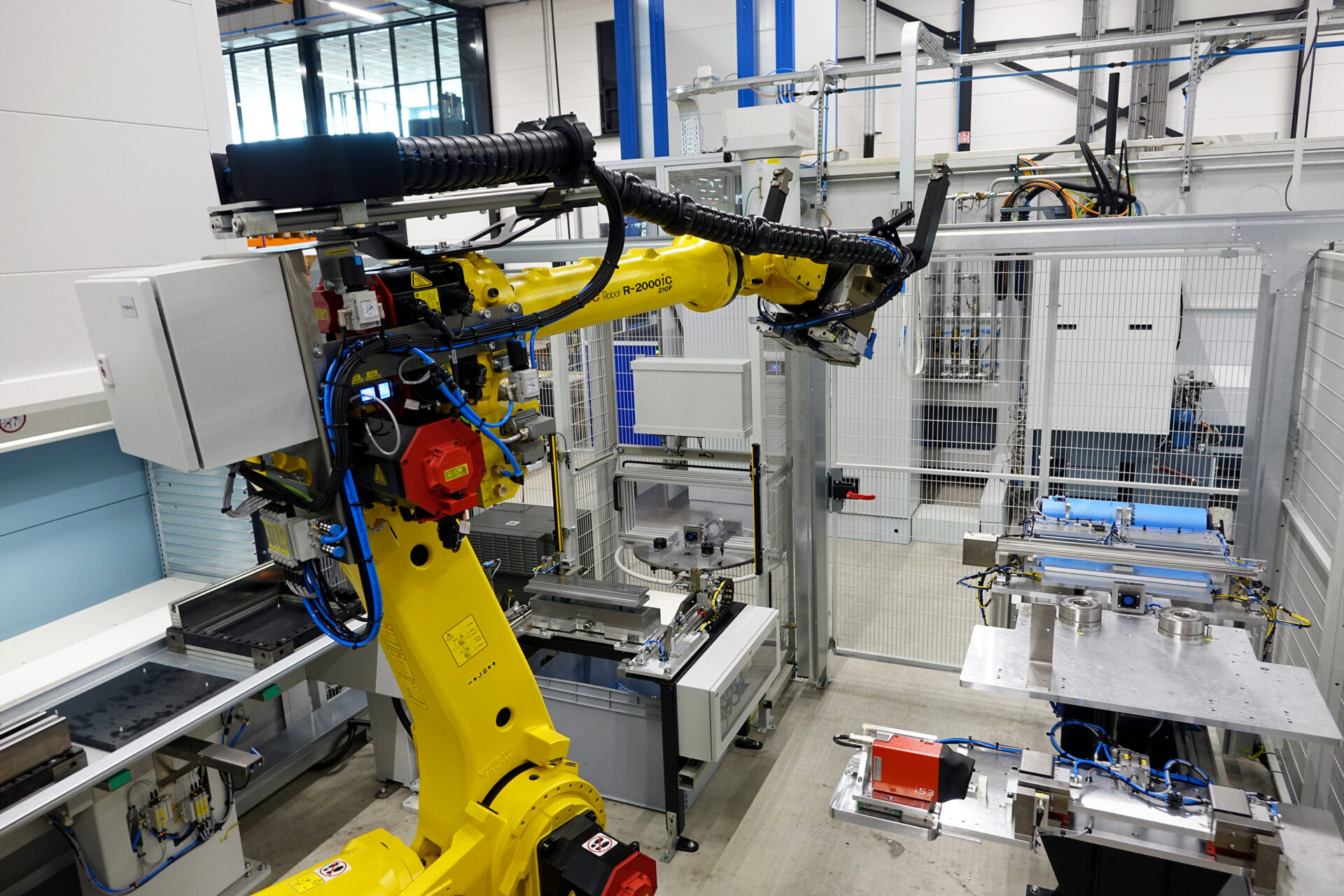
Future plans
WILA is very pleased with the two grinders and already has plans for a third. Frank: “We have seen that this simply works. Now we want to add a third cell to make yet another product variation.” Again, this project will be done together with Manders.
“I like the mentality of really solving something. Continue working until it is solved. I think that is Manders’ biggest plus,” says Bas.
“We as WILA are very satisfied with the result. It has enabled us to achieve our objectives in terms of improvements in output. And that this will also enable us to realize our growth ambitions. Something that we thought we couldn’t actually do turns out to be possible. And now we can move on to the next new thing to be realized.”
